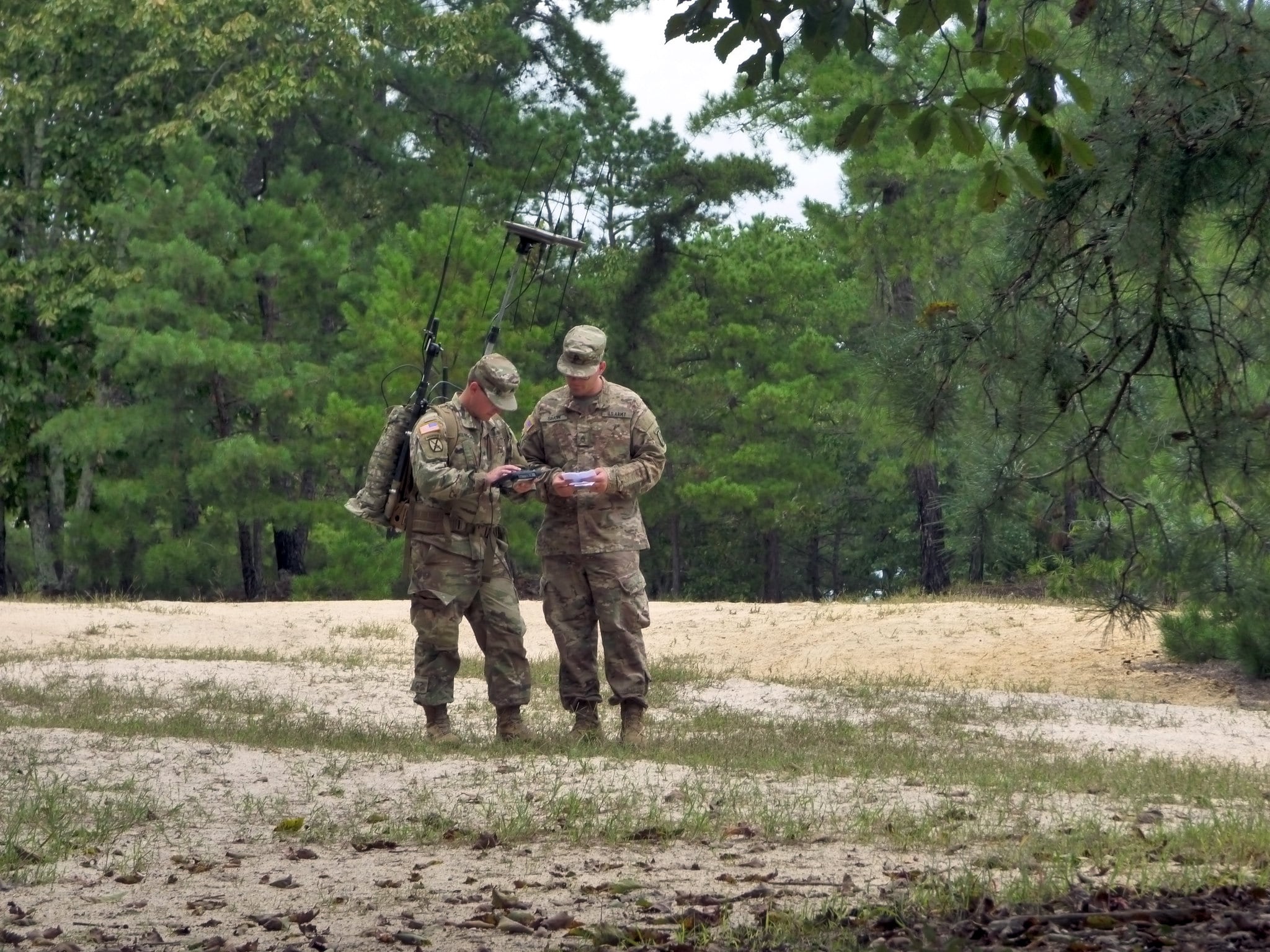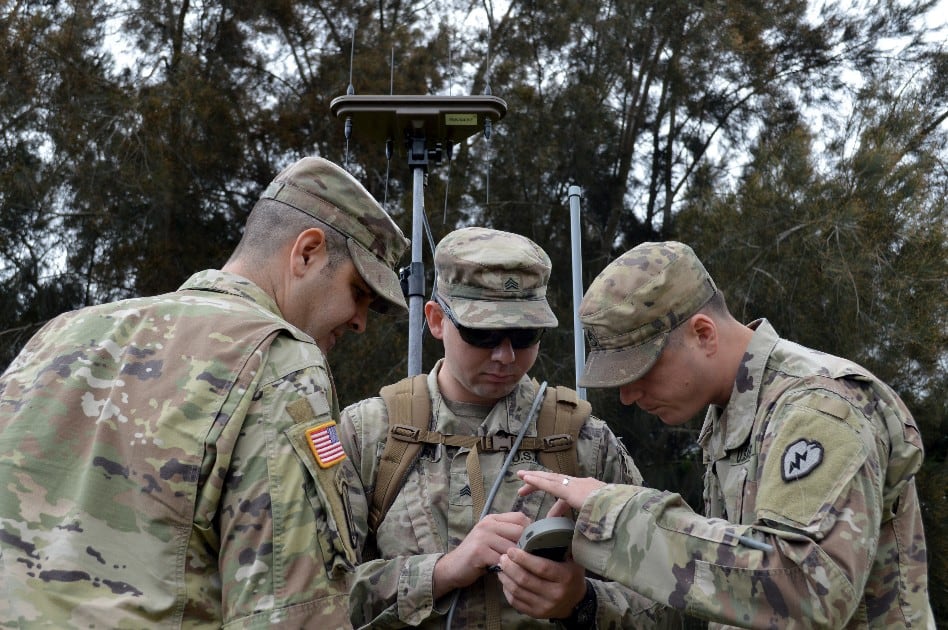WASHINGTON — The U.S. military has updated its handbook on electronic warfare, changing it to a more all-encompassing, cross-branch approach for planning, executing and assessing operations on the electromagnetic spectrum.
The document, which is dated May 2020 but was not made public until late July, eliminates and replaces the previous joint publication for electronic warfare and provides principles and guidance related to joint electromagnetic spectrum operations, or JEMSO.
The Department of Defense has undergone a renaissance of sorts in the electronic warfare sphere over the past several years. By and large, the department divested much of its electronic warfare capabilities after the Cold War. During counterinsurgency efforts in the last 20 years, the military used blunt jamming tools to thwart improvised explosive devices, which, in turn, inadvertently jammed friendly systems.
In that time, some U.S. adversaries have invested in advanced jamming capabilities and geolocation systems that can target forces based upon their electromagnetic spectrum emissions, which makes large command posts in the counterinsurgency world vulnerable.
Congress in recent years has also sought to right the DoD’s ship in electronic warfare. Last year, among other related moves, Congress created the Electromagnetic Spectrum Cross-Functional Team to help devise a new superiority strategy in this area, which is due to be released later this summer.
This year’s defense policy bill, which still must be reconciled between the two congressional houses, seeks several other changes such as transferring the responsibilities of the electromagnetic spectrum from the commander of Strategic Command to the Joint Chiefs of Staff, and requiring the vice chairman of the Joint Chiefs of Staff to become the senior designated official for electronic warfare.
The changes to the handbook is a sign officials are coming to grips with how critical the electromagnetic spectrum is.
“Just as in the physical domains and in cyberspace, military forces maneuver and conduct operations within the EMS to achieve tactical, operational, and strategic advantage. Freedom of maneuver and action within the EMS are essential to US and multinational operations,” the new document stated.
RELATED

JEMSO is thought to be a more overarching approach to the electromagnetic spectrum as opposed to just electronic warfare.
The DoD’s last EW guru, William Conley, who left the department in September, put it this way:
“The term EMSO, electromagnetic spectrum operations … is really about how do we do all of those things dynamically through a finite number of apertures but also how do we battle manage all of these different things, which are happening in the electromagnetic spectrum today. It is how all of those come together, how we train operators, how we train commanders to make use of these new and different ways of being able to (a) understand their operational environment, but (b) the command relationships they now actually have and the things they now can control.”
The new joint publication describes JEMSO on a continuum from “peacetime” to armed conflict.
“During peacetime, JEMSO are conducted to ensure adequate access to the EMS and may include deconflicting use of the EMS between joint users and coordinating with a host nation (HN). As a crisis escalates toward armed conflict, JEMSO shift from EMS access coordination to EMS superiority, with coordinated military actions executed to exploit, attack, protect, and manage the electromagnetic operational environment (EMOE),” it stated.
The document described joint force responsibilities, organization, service support and intelligence support, as well as multinational support, organization, planning, operations, execution and assessment of electromagnetic spectrum operations.
One of the critical differences the document seeks to inject into the way the DoD conducts these operations is increased coordinated among the armed services.
“Instead of these mission areas being planned and executed in a minimally coordinated and stovepiped fashion, JEMSO guidance and processes prioritize, integrate, synchronize, and deconflict all joint force operations in the EMOE, enhancing unity of effort. The result is a fully integrated scheme of maneuver in the EMOE to achieve EMS superiority and joint force commander (JFC) objectives,” it stated.
Mark Pomerleau is a reporter for C4ISRNET, covering information warfare and cyberspace.








